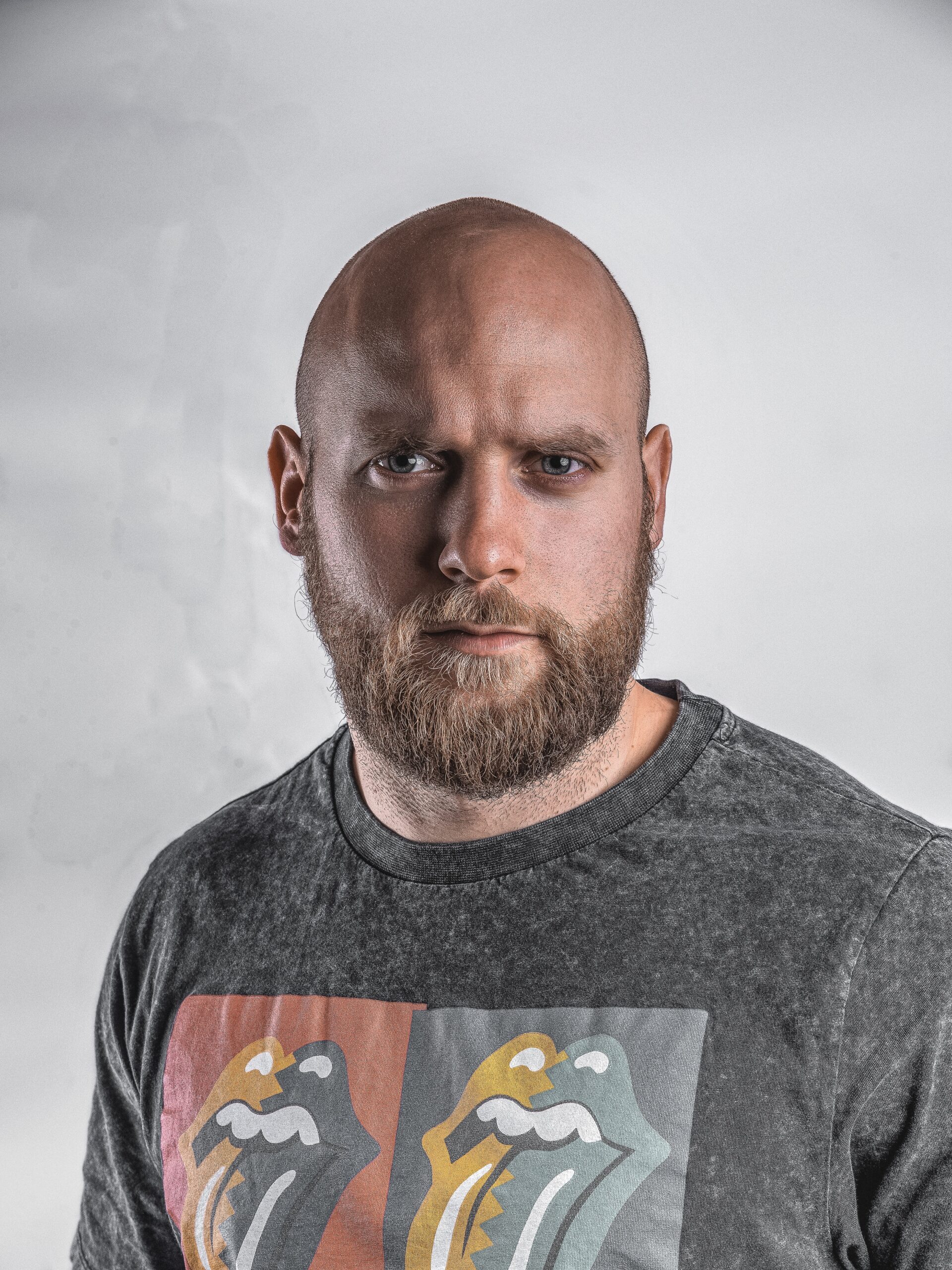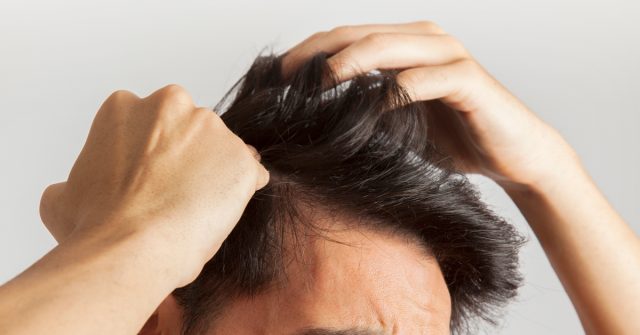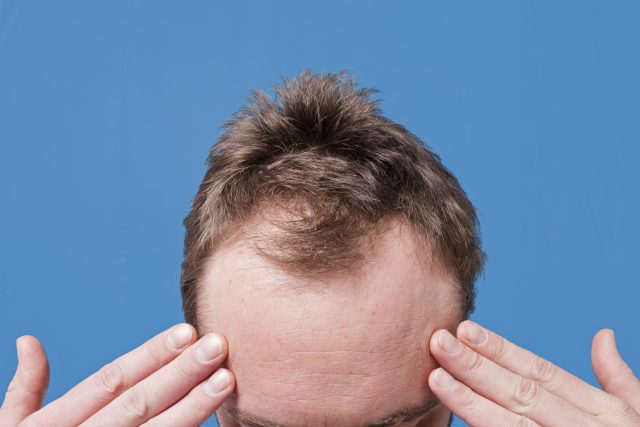Losing your hair can be a scary predicament for most. But with evidence-based treatment options now available to manage your hair loss problem, you don’t have to struggle in silence. In this article we discuss what hair loss treatments are available.
Topical hair loss medication: Minoxidil
Minoxidil (Rogaine) is an FDA-approved, over-the-counter medication that is available as a topical solution or a foam. It is formulated to be used directly on the scalp twice daily. Scientists believed that Minoxidil, which is first developed as a blood pressure medication, can increase the flow of blood and nutrients to the hair follicles, resulting in the growth of stronger and healthier hair. Minoxidil may also enhance hair growth by shortening the resting phase of a hair growth cycle, causing the quiescent hair follicles to enter the growing (or anlagen) phase prematurely.Oral hair loss medication: Finasteride
Finasteride (Propecia) is a prescription medication that is formulated as a once-daily oral tablet. Instead of stimulating hair growth locally, Finasteride produces a systemic effect by inhibiting 5a-reductase, which is responsible for converting testosterone to DHT. As a high level of DHT is related to hair loss in male, Finasteride works by reducing the production of DHT, preventing your hair follicles from being bound by excessive DHT.Hair transplant surgery
If medications do not work for you, a procedure may help bring back what looks like a full – or at least a fuller head of hair. Hair transplant is a type of surgery that fills the bald part of your scalp with hair you already have. Currently, there’re two methods of hair transplant surgery:- Follicular unit transplantation: During the surgery, The surgeon removes a section of skin from the scalp where hair is still growing and divides it into tiny pieces called grafts. These grafts are then inserted into bald parts of your scalp.
- Follicular unit extraction: The process involves taking out healthy hair follicles out of the scalp and making small holes at the place where hair growth has stopped. The healthy hair is then placed into these holes.
Laser therapy
The theory of low-laser therapy is that by irradiating proteins into the scalp tissue, it can revitalize the scalp circulation and stimulate hair growth. This procedure is accepted as safe and tolerable. It is also regarded as less invasive than hair transplant surgery.Summary
To conclude, there are different treatment options available for managing hair loss. If you want to know more about which treatment is best for you, talk with your doctor and see what kind of therapy would help with your hair loss. You can also book an online doctor consultation with us for a complete review and a tailored hair loss treatment plan.
Dr Afraz Adam
Chief Medical Officer
MBBS. FRNZCUC





